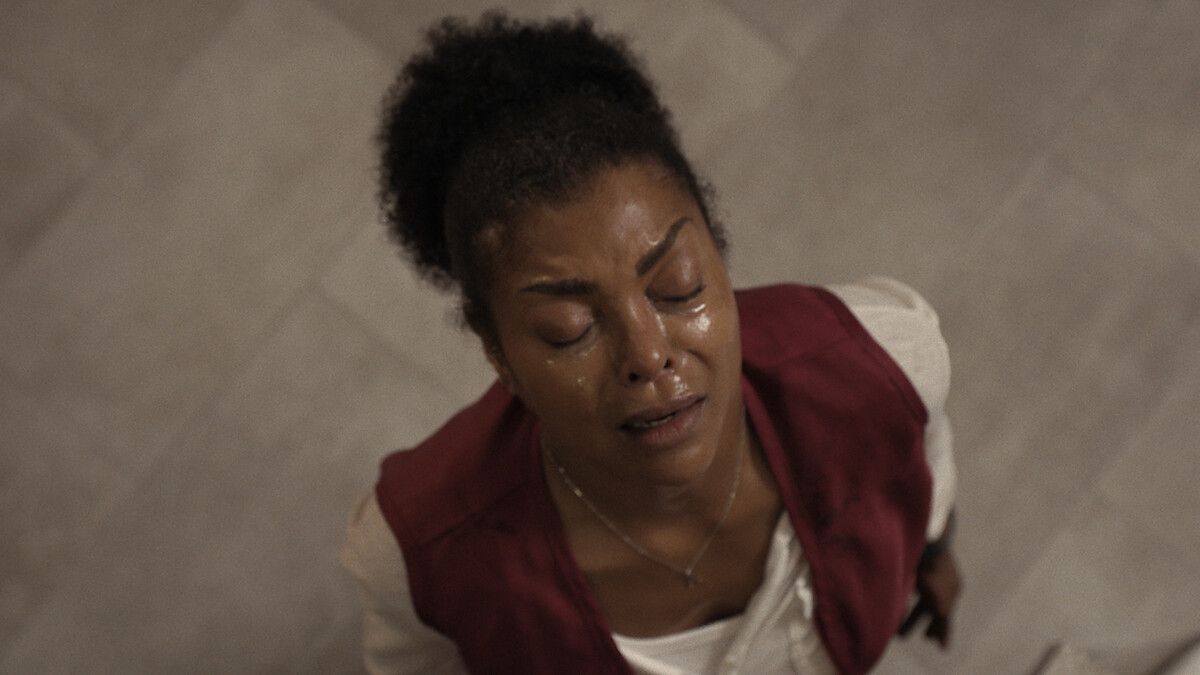Tyler Perry and why Black trauma still sells

Tyler Perry and the Enduring Appeal of Black Trauma: A Critical Examination
Tyler Perry, the prolific filmmaker and media mogul, has built a formidable empire on stories centered around Black trauma. From scorned wives to betrayed lovers, Perry's narratives consistently depict suffering, particularly that of Black women. While his work garners consistent box office success and streaming dominance, it also faces ongoing criticism for its reliance on pain as a primary narrative driver. This raises a crucial question: why does Black trauma continue to be a profitable and appealing subject in entertainment, and is it time for a shift in the stories being told?
The Perry Formula: Pain, Betrayal, and (Sometimes) Redemption
Perry's signature formula is readily identifiable: a Black woman, often facing poverty or hardship, is betrayed by a partner, family member, or the system itself. The story then navigates her pain, often involving elements of faith, and culminating in either healing or tragic demise. Films like "Diary of a Mad Black Woman," "A Fall From Grace," and "Acrimony" exemplify this pattern. Even his recent project, "Straw," starring Taraji P. Henson, delves into themes of poverty, betrayal, and imprisonment.
Despite critiques regarding production quality and repetitive themes, Perry's projects consistently attract large audiences. "A Fall From Grace," for instance, became a global hit on Netflix, demonstrating the undeniable appeal of his storytelling, regardless of critical reception.
Why Trauma Sells: Familiarity, Faith, and Representation
Several factors contribute to Perry's enduring success. Firstly, his stories often resonate with Black viewers who see reflections of their own experiences or those of their communities. The characters, from the abusive relative to the prayerful grandmother, can feel familiar and relatable, even if the portrayals are perceived as stereotypical. Secondly, the strong emphasis on Christianity and faith-based solutions appeals to a significant demographic within the Black community. Characters frequently turn to God for solace and deliverance, mirroring the importance of faith in many Black lives. Finally, Perry's work provides consistent representation of Black faces and stories in a media landscape that has historically marginalized them. This visibility, however flawed, can be a powerful draw for audiences seeking to see themselves reflected on screen.
An Expert Perspective: The Cathartic Release
"Perry's success lies in his ability to tap into the raw emotions and lived experiences of his audience," explains Dr. Imani Bell, a professor of African American Studies at State University. "While critics may point to the repetition and reliance on trauma, many viewers find a cathartic release in seeing their struggles acknowledged and validated. It's a complex relationship, one where representation, even if imperfect, can be incredibly meaningful."
The Politics of Black Suffering: Documentation vs. Exploitation
The use of trauma in Black art is not new. Historically, Black artists have used their work to document the pain and injustices faced by their community, from slavery to systemic racism. However, critics argue that Perry's work often veers into exploitation, recycling trauma for entertainment value rather than using it as a catalyst for growth or social commentary. In Perry's narratives, characters often seem to exist solely within their suffering, lacking the nuance and complexity of real-life experiences. This raises concerns about reinforcing a limited and potentially harmful image of Blackness, one that is defined by hardship and pain.
The Industry's Role: Commodifying Black Trauma
Tyler Perry is not alone in capitalizing on Black trauma. Hollywood, and even other film industries, have a history of rewarding stories centered around Black suffering. From historical dramas about slavery to contemporary films about inner-city struggles, these narratives often receive critical acclaim and commercial success, creating a cycle where trauma becomes the most marketable version of Blackness. This trend raises questions about the industry's responsibility in perpetuating these narratives and the need for more diverse and nuanced portrayals of Black life.
Moving Forward: Beyond Pain and Suffering
To his credit, Perry has acknowledged the criticism and expressed a desire to evolve his storytelling. Projects like "Sistas" and "Zatima" attempt to explore themes of friendship and romance with greater nuance, although they still contain elements of chaos and drama. However, a true shift may require Perry to share the stage with other Black creatives, collaborate with women, and create opportunities for new voices to tell different kinds of stories. While pain may be a part of the Black experience, it should not be the only narrative available.
An Analytical Viewpoint: Diversifying the Narrative Landscape
"The solution isn't necessarily to abandon stories about trauma altogether," argues film critic Aisha Thompson. "Rather, it's about expanding the narrative landscape to include stories of Black joy, resilience, creativity, and everyday life. We need to see Black characters who are not defined solely by their struggles, but by their dreams, ambitions, and the complexities of their humanity. This requires a conscious effort from both creators and the industry to prioritize diverse and authentic representation."
Ultimately, the conversation surrounding Tyler Perry's work highlights a larger issue within the entertainment industry: the need for more diverse and nuanced portrayals of Black life. While trauma may be a part of the story, it should not be the only story being told.
Originally sourced from: Movie
